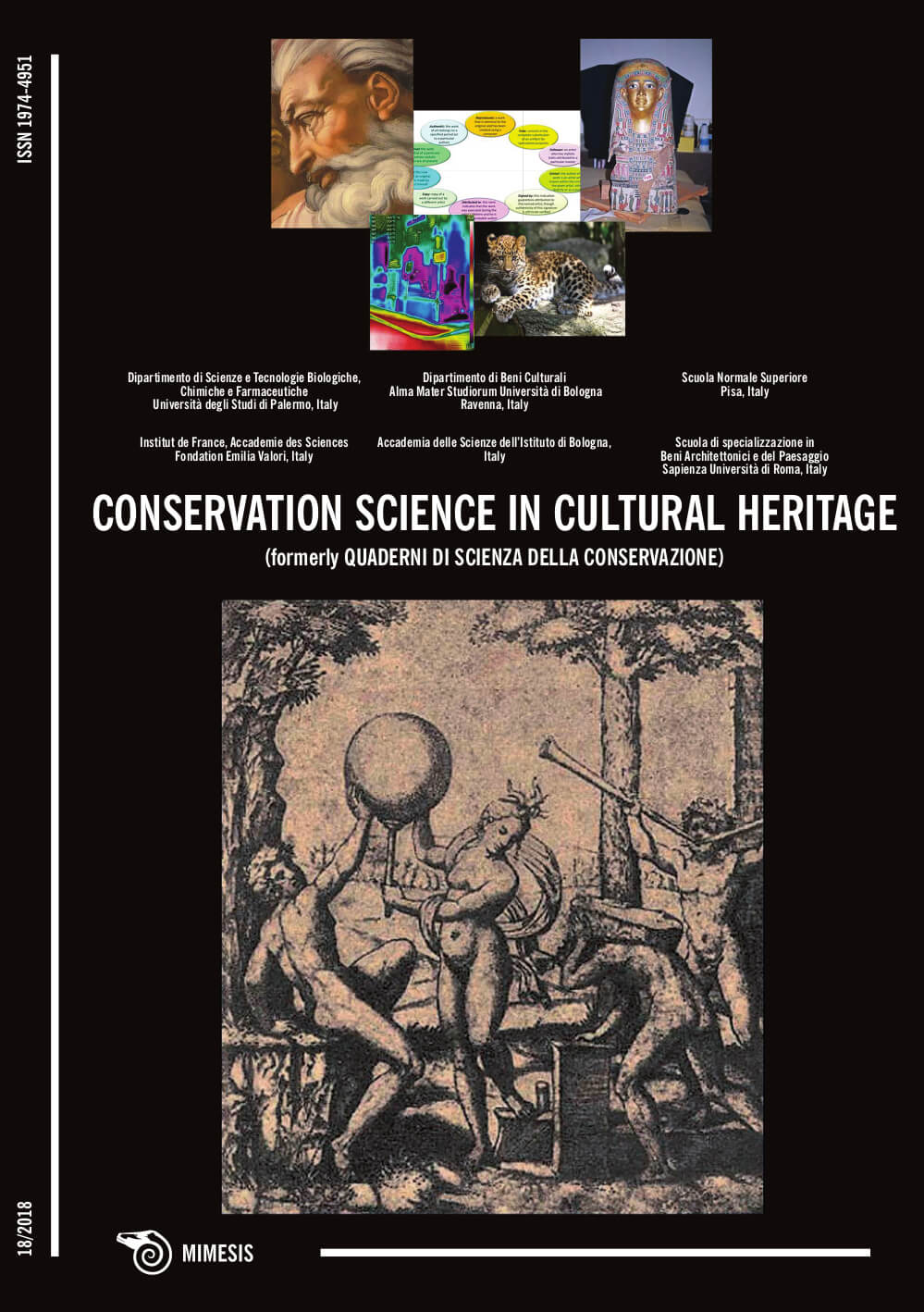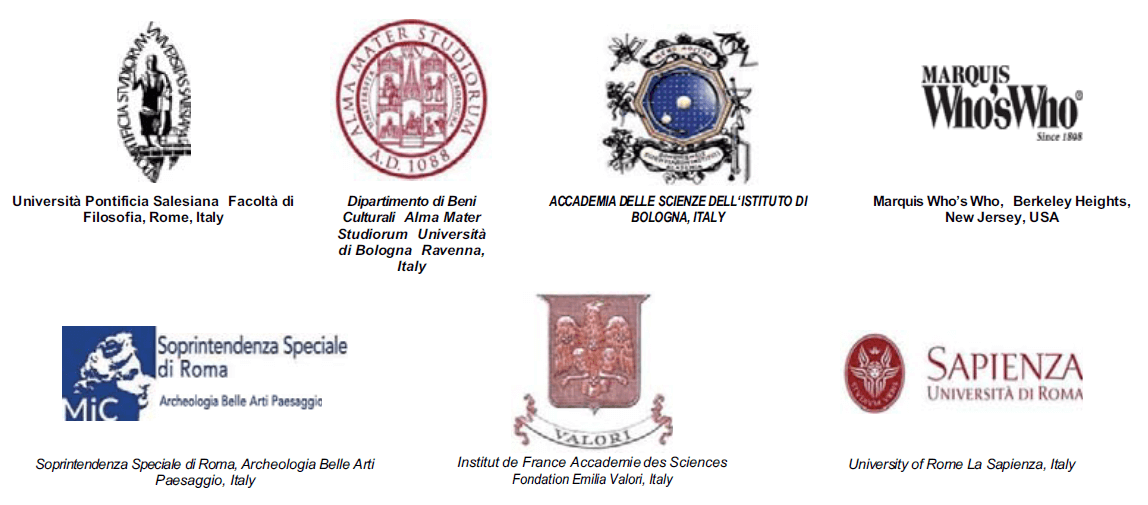Identification and Control of Damaging Microorganisms in Manuscripts of Central Tabriz Library, Iran
DOI:
https://doi.org/10.6092/issn.1973-9494/9237Keywords:
hand-written, micro-organism, biological damage, preventive conservationAbstract
A large number of historical artifacts have low resistance to pests since they are made of organic substances. Such works can be consumed by several living organisms and can often be an ideal environment for micro-organisms to grow, particularly when favorable conditions such as appropriate climate and absence of light are present.
The way in which manuscripts are stored in archives, such as shelves, acid-free boxes and relative temperature control, means that both humidity and aerosols can play a determining role in their safety. Considering the principle of the priority of conservation over restoration, several measures should be adopted for the safety and authenticity of the works, which will also lead to a decrease in restoration costs.
The Central Tabriz Library possesses a precious collection consisting of several thousand volumes of valuable books, authentic documents and lithographic books. It is worth noting that the first hand-written work from Iran to be registered on the UNESCO Memory of the World Heritage list was, “Vaghf Nameh Rab'-e Rashidi,” the Deed of Endowment of the Rab' i-Rashidi. The document is a historical manuscript book authored by Sheikh Rashid al-din Fazlollah and is regarded as a part of this collection.
Downloads
Published
How to Cite
Issue
Section
License
Copyright (c) 2018 Mozhgan Khalili Zonouz
Copyrights and publishing rights of all the texts on this journal belong to the respective authors without restrictions. Authors grant the journal right of first publication.
This journal is licensed under a Creative Commons Attribution 4.0 International License (full legal code).
See also our Open Access Policy.






